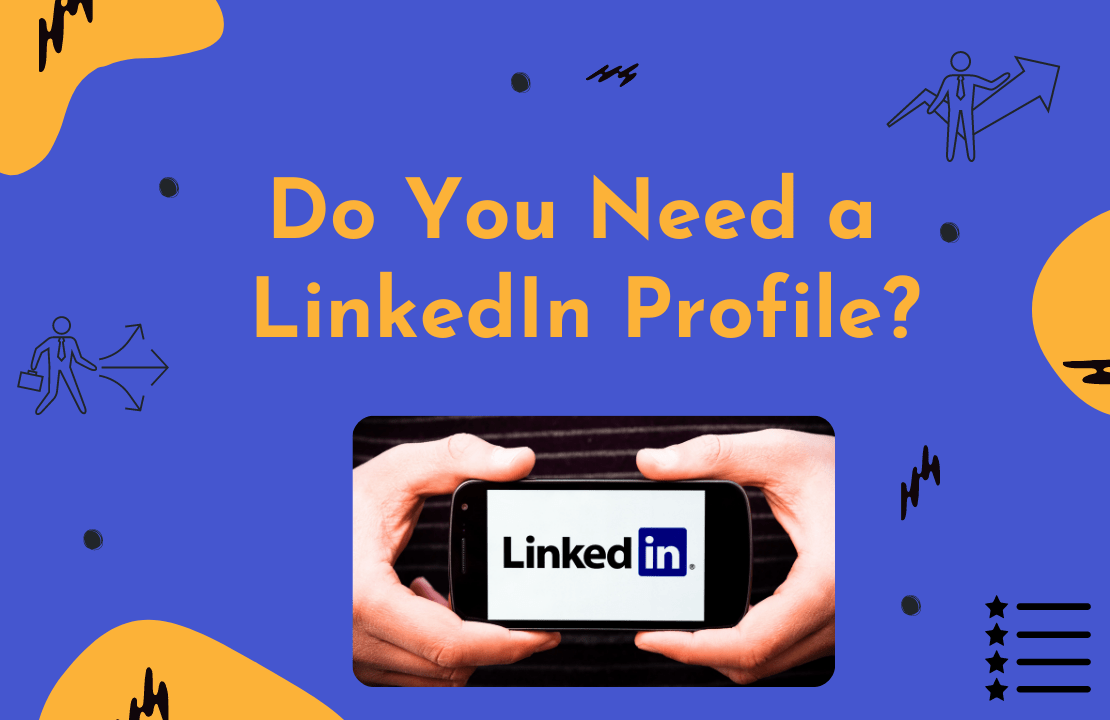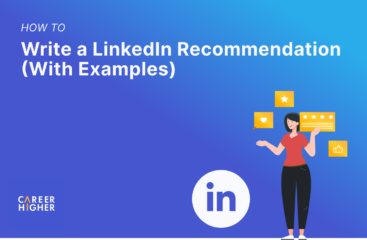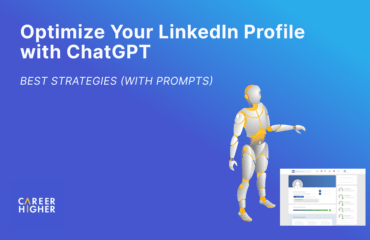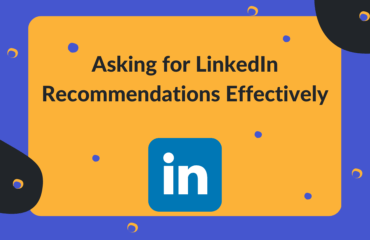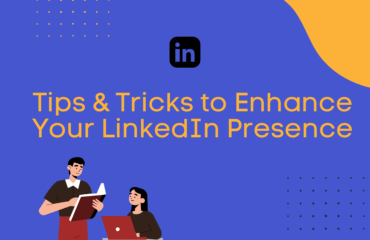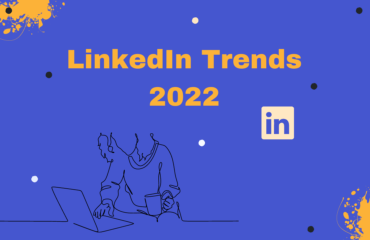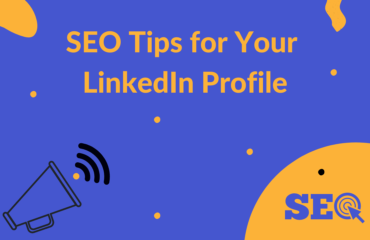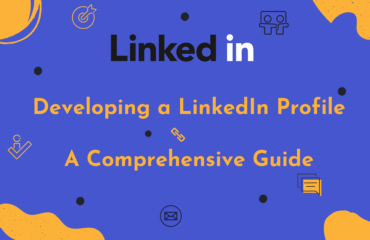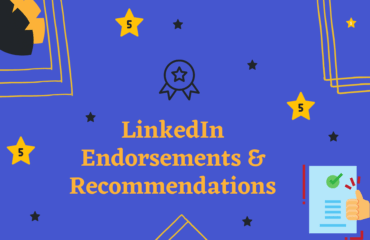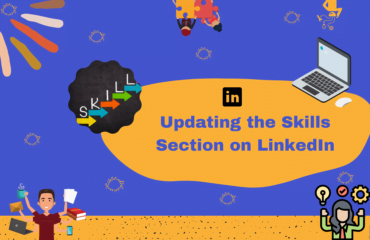Table of Contents
LinkedIn is a social media platform dedicated to professional networking and collaboration. It was founded in 2003 with a vision to create economic opportunity for every member by simply connecting professionals. Today, it is the world’s largest professional network, with nearly 800 million users in more than 200 countries.
Consider it a global networking event for professionals from all fields, which goes on 24/7, and you can participate from the comfort of your space. Being a social media platform, LinkedIn harbors endless potential opportunities for its members, some of which might be beneficial to you too. We have prepared a list of reasons to have a LinkedIn profile:
1) To find a new job
Staying true to its vision, LinkedIn has become one of the primary platforms for job and talent search to create economic opportunities for its members. Today, there are more than 13.5 million open jobs on their job board from 57 million companies worldwide, helping four people get hired every minute. You can access their database of job listings by creating a profile. The information required to create one is quite elaborate. A good profile should contain the following:
- Name and contact information
- Primary and secondary education
- Post-secondary education
- Work experience (paid, unpaid, or internship)
- Projects
- Training and certifications
- Skills
- Recommendations (from unrelated peers preferred)
- A professional profile picture
With such extensive information of 800 million users available on a single platform, LinkedIn has become the primary tool for hiring managers and agencies. Recruiters can collect applications directly from their job posting through a single click option called “Easy Apply,” making the application process easy for job seekers. The information on your profile is then shared with the recruiter to decide about the vacancy.

Easy Apply on Linkedin
But did you know there is something called the hidden job market? The hidden job market refers to the vacancies that are not published or advertised publicly. Instead, these vacancies are filled through internal hiring or employee referral programs to find external candidates. Being active on LinkedIn increases your chances of finding such opportunities by networking with other professionals. It also increases your chances of being recognized by a talent scout or head hunter.
2) Increases your discoverability
Before the social media platforms, people used to exchange business cards or contact numbers at professional events to stay in touch. Today, people keep in touch by adding each other to their LinkedIn network. One can generate a QR code for their profile and show it to people. To get a QR code of your profile, follow the steps below:
1) Open the LinkedIn mobile app and tap the Search bar on top

Search Feature on Linkedin
2) Tap on the QR code icon on the right side of the search bar

3) Tap my code to share your QR code or tap scan to view someone else’s profile

QR code on Linkedin
Using a LinkedIn QR code eases the exchange of contact information and pushes your conversations forward in a professional networking context. After the initial exchange of information, following up on LinkedIn is more accessible and less formal than a phone call or an email. Hence, it is easier to engage, build relationships, and grow your online network.
Some hiring managers and agencies search for future employees by looking through LinkedIn profiles before posting the job online, treating your profile similarly to your resume. Therefore, having a LinkedIn profile opens up your doors to possibilities that otherwise may not come your way. It is one more place to get recognized and be scouted for talent.
3) A platform to showcase your achievements
Since LinkedIn is a social media platform dedicated to professional networking and collaboration, there are many ways to express your professional self. Your LinkedIn activity tracks your likes and comments and the content you post or re-share. So, we suggest following and sharing content on things you are interested in or are passionate about. Doing so provides you the flexibility to express yourself more freely in a professional manner.
Your LinkedIn activity also informs potential employers and collaborators about your areas of interest, values, and vision. Hence, it is a great tool to share personal details that may not be appropriate for your resume, like hobbies, social causes you care for, non-work-related certifications, etc. Sharing some details about your personal life helps you connect with more people with similar interests and build your network.
Apart from the above-mentioned, you can also ask your colleagues to provide you with recommendations and endorse you for your skills. This builds your credibility and eliminates the worries of the hiring manager about the authenticity of your profile. In case of an initial screening, recommendations and endorsements act as quasi-references and improve your chances of getting picked.
4) Build your brand
Your brand is the unique combination of skills, education, experience, and background that brings out the amazing set of competencies only you possess. Branding is how you present yourself to the world. Effective personal branding differentiates you from the crowd and enables you to build trust with prospective connections and employers.
Building a personal brand has become more critical than ever. One of the reasons is that more and more recruiters use LinkedIn and other social media during the hiring process. According to a 2018 study, 70% of employers use LinkedIn to screen candidates during recruitment, and 43% of employers check current employees’ social media.
Building your brand is one step further to express yourself. Thus, optimizing your activity on LinkedIn is important to make it work in your favor. Some tips for building your brand and gathering more followers are:
- Be authentic. The objective while creating your personal brand is not to be perfect but to be your authentic self.
- Optimize your LinkedIn page for SEO to appear in more google searches.
- Post relevant content regularly. It makes your page more visible and appealing to potential connections.
- Join relevant conversations with hashtags. Add three to five hashtags to your posts to reach new and relevant connections.
- Repeat some hashtags to associate with your brand. Like and comment on posts in those hashtags’ feeds.
- Adjust your content based on your page’s insights to increase your reach further.
- Encourage engagement in your posts. Use one-liners such as “share your thoughts in the comments” or “let me know what you think in the comments” to engage in conversations and increase visibility.
- Like most things – consistency and patience are the keys.
5) A 24/7 networking ball
Networking means building new connections to exchange information. And if the link is beneficial to both parties, it can turn into a long-term relationship with mutual benefits. Networking is essential for job search, personal growth, and career growth. Aside from these, here are the other benefits of networking.
- makes you more knowledgeable
- makes you more noticeable
- helps you reassess your achievements and qualifications
- helps you gain the support of senior professionals from your industry
- grows your status and self-confidence
- helps in developing long-lasting relationships
In-person networking events were the place to build your professional network, but such opportunities have been limited due to the pandemic. The LinkedIn user base is continuously growing, making it the ideal tool to connect with professionals globally and increase your network. LinkedIn is the world’s largest professional networking site in the world.
It is common to be confused about starting networking or approaching people on LinkedIn. We recommend getting well versed with professional networking etiquette. You can join groups, participate in forums, follow influencers and brands you like, or reach out to people directly in your field to network.
6) Access to LinkedIn Learning
Though LinkedIn started as a professional network, now it has diversified its operations to provide services to its members and businesses. One of the most popular services is LinkedIn Learning. Formerly known as Lynda.com, it is an open online learning platform hosting video courses taught by industry experts. The platform offers 16,000 courses and adds 50 new ones every week. These courses fall into three categories – Business, Creative, and Technology, and 9,000 of them are in English.
LinkedIn Learning relies on information on your profile, people in your network, or what kind of jobs you are looking for to identify the skills you would need to learn. Then, it will suggest courses accordingly. Their courses are designed to equip learners with a particular professional skill rather than academic learning or certification, like Coursera.
Another benefit of LinkedIn Learning over other online learning platforms is networking. You would be taking courses on skills required for your target industry or job by an industry expert. Thereby providing you with the perfect opportunity to grow your network and discover potential opportunities.
LinkedIn Learning has many free and paid courses. For its paid courses, you can either subscribe to an annual or monthly plan or pay for individual courses as you take them. The cost for individual courses varies but is usually between $20 to $60.
Now that you are convinced to create a profile, head over to LinkedIn to get started. We understand it can be unclear and, at times, overwhelming to navigate. Therefore, we recommend reading more on developing an attractive LinkedIn profile to educate yourself and make the process informative and transformative.
